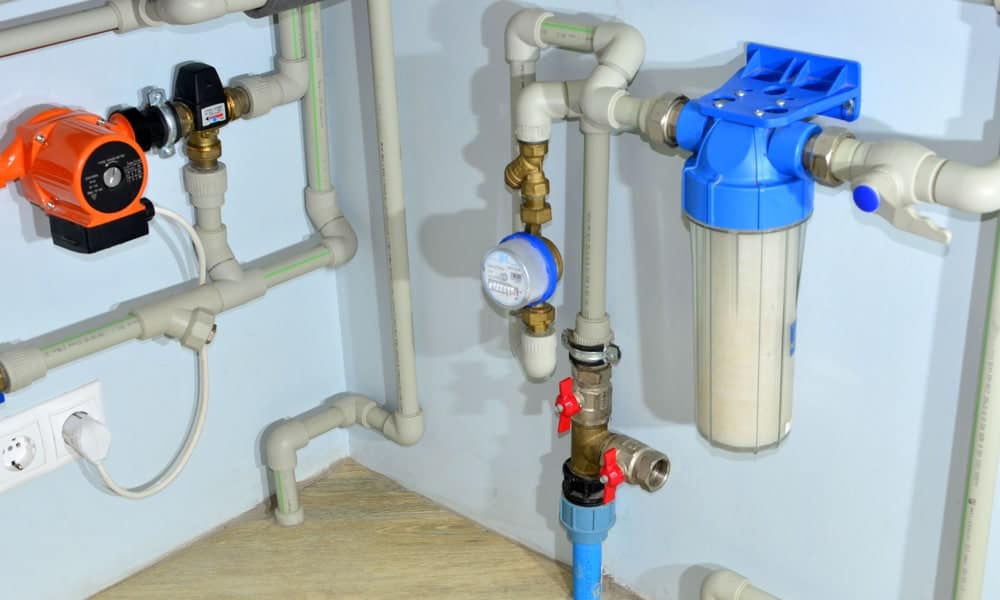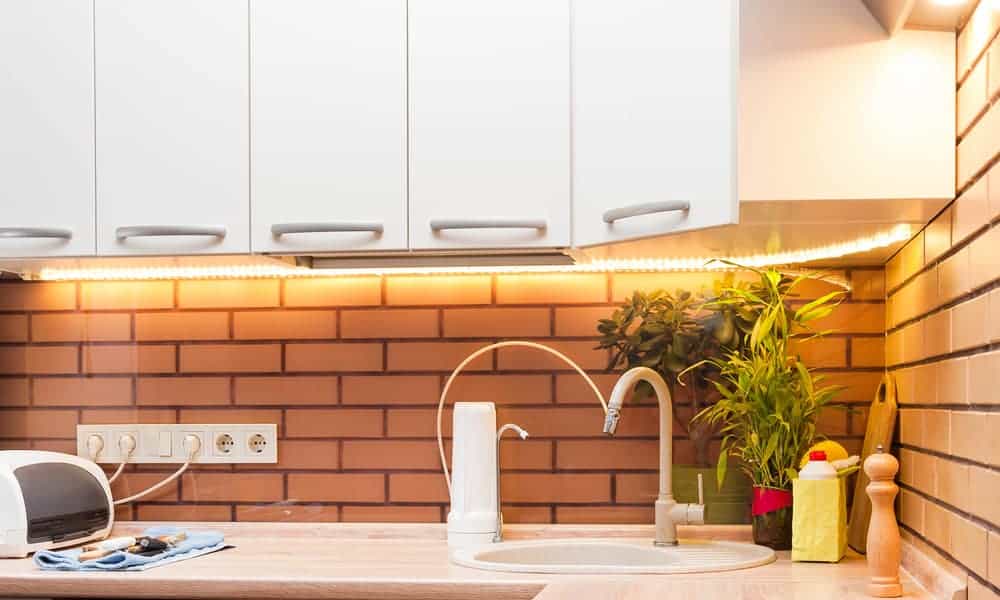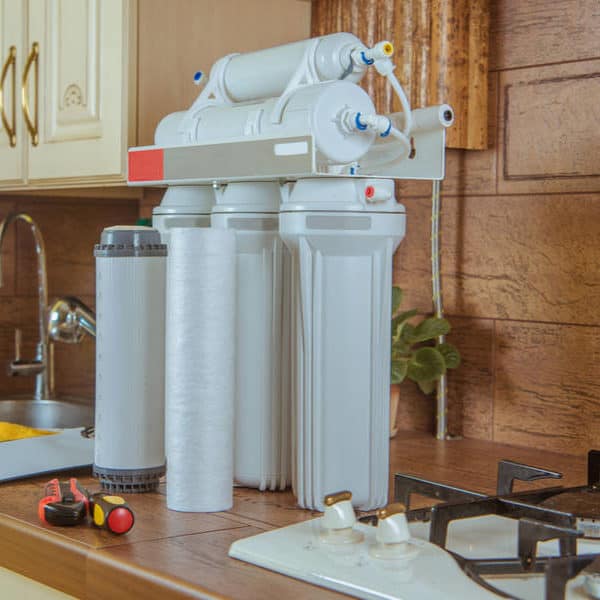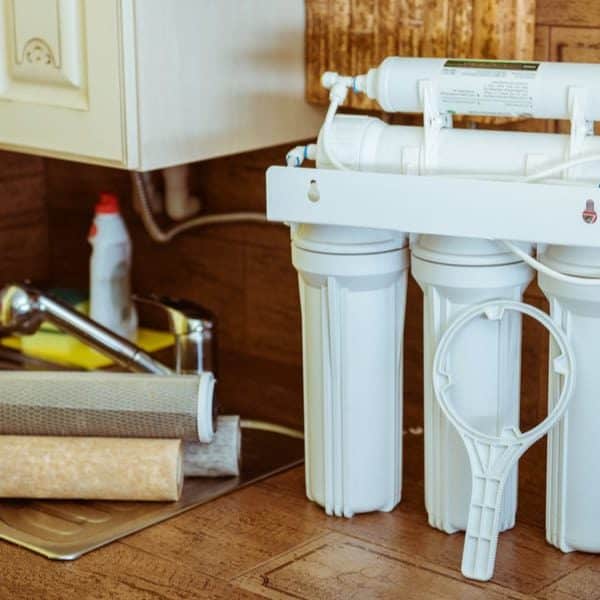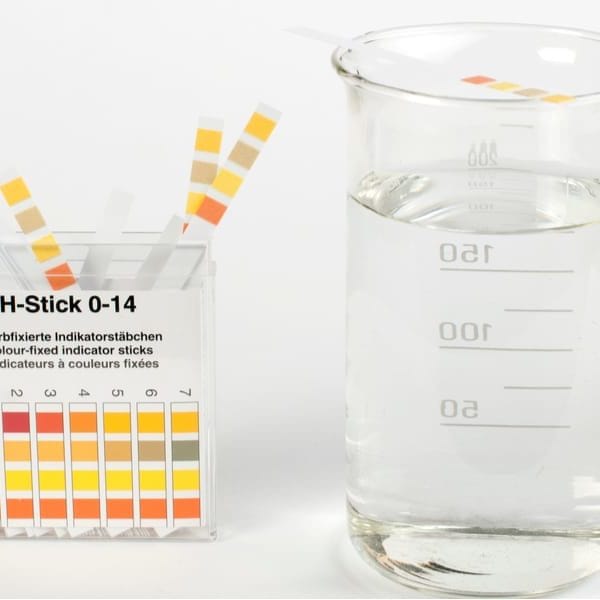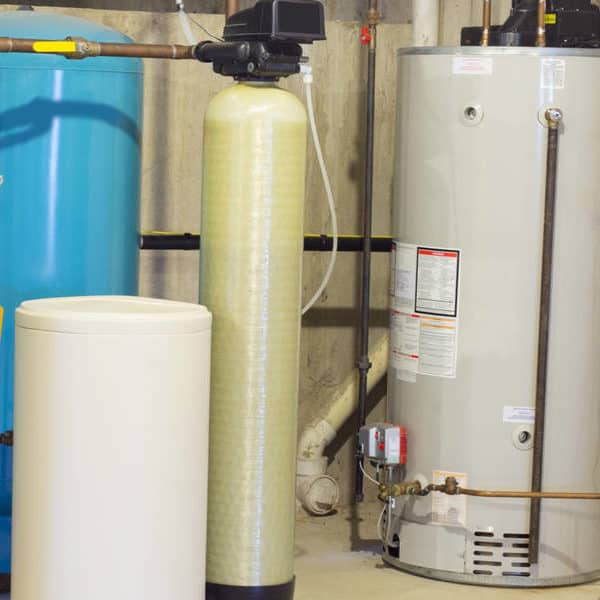Are you looking for a way to remove fluoride from your water? Over the years, America’s and other countries have kept on adding fluoride to their public water supply. But according to research from various scientists, water containing fluoride affects the cavities and can cause other harmful effects.
Fluoride has its benefits, but the adverse effect on human health has led to many debates to get rid of it from water. Although both the positive and negative sides have clear facts, it is better to be safe than sorry.
With that said, we have carried out a thorough research on how to reduce or make the water free from fluoride. Here we will reveal to you various ways to remove fluoride from water. But before that, let’s give you an insight into this element.
About Fluoride
Fluoride, which is gotten from the Latin word “fluere”, meaning “to flow,” is an element derived from the earth’s crust. It can combine with several other compounds, including sodium and calcium.
In some areas, this compound is naturally present in the surface water, but mostly below 0.3 ppm concentration. However, ocean or groundwater usually has higher fluoride concentrations that are above 0.5 ppm.
Fluoride is build-up has water passes through the sediment and rocks, and it moves into several water sources. Countries like the USA have a lower concentration in their groundwater compared to China and Pakistan.
But, in the early 19th century, there were places in the United States like the Colorado River with higher fluoride concentration. It usually even gets to levels of up to 13 ppm.
10 Ways on How to Remove Fluoride from Water
Since there have been frequent debates on fluoridation, many prefer to remove it to stay safe. In this part, we will provide you great ways to remove fluoride from water.
You might want to try out carbon filter, but this method isn’t going to be effective. The reason is that the size of the fluoride ion is very microscopic for the filter to capture. With that said, you will need the most effective ways to get rid of it.
1. Activated Alumina
This compound is derived from sapphire and rubies, after which impurities are added to give a distinct color like gemstones. Commonly known as aluminum oxide, is used to treat large groundwater sources with too much fluoride.
It can attract a high amount of fluoride when used to treat water due to its high absorption capacity. According to EPA, the Activated Alumina is also an effective method you can use to remove not only fluoride but also thallium and arsenic.
Admittedly, it can remove 90% fluoride present in the water used. But, for it to absorb the fluoride and work effectively, the water needs to be at a pH level lower than 6.5.
If you consider using an Activated Alumina, you should know that it doesn’t get rid of it completely. Hence, what it does is to reduce the concentration to a minimal level of 0.1 ppm, making the water safe for drinking.
One of the downsides of using activated alumina is that you will need to replace the cartridge more often. Also, the end-result after use is quite questionable. Hence, you will have to do frequent testing to keep the performance of the system on a check.
2. Distillation
A distillation method is an ideal option for those looking for how to remove fluoride from water cheaply. It stands as one of the oldest methods used to make water free from contaminants.
Unlike other fluoride removal medium, distillation works like the earth water cycle. It uses the natural process, which allows the water to evaporate and then condensate.
In this method, water containing fluoride is heated to make it evaporate into a new container where it condensates. As this happens, the fluoride stays behind, leaving the water pure and clean.
One of the downsides of using the distillation method is that it also removes essential minerals. For this reason, it’s best to remineralize the water to increase the pH level slightly and for optimal water quality.
3. Bone Char Carbon / Brimac Char
Bone char is gotten from ground cattle bones that have a pass-through heating process. Also known as Brimac Char, it can remove up to 90% fluoride from water, but it works effectively when the water is a little acidic in pH level.
It also works great to remove many contaminants, including leads, cadmium, and arsenic. In other words, it can remove both organic and inorganic materials due to its high porous ionic surface.
The bone char comes in a filter cartridges form. However, you will need to replace the cartridge more often for effective performance at all times.
4. Reverse Osmosis Filter
When it comes to effective removal of fluoride from water, reverse osmosis filtration system is one of the best bets. This method can get rid of 95% of fluorine present in the water.
The RO system is a common method for removing fluorine because it requires minimal upkeep. Also, compared to other methods, this filtration system is safe to use and doesn’t cost much.
This method uses pressure technology to force the water coming into your home to go through the filtration process. It has semipermeable membrane and carbon filters that absorb fluoride once the water passes through it. Apart from fluorine, it also removes other contaminants including, chlorine, Lead, and more.
Most RO system uses a 4 stage process to make the water highly purified.
For the whole-house reverse osmosis, this type works like the under sink water filters as they help to remove contaminants at all sinks in the house. Most homeowners usually install it at their garage to keep it hidden. But due to the high cost of maintaining a whole-house RO system and the time it takes to filter water, many tend to go for other alternatives.
Hence, as a homeowner, you can install a smaller system at strategic places like the kitchen sink. But for the water getting into your home, you can use the UV filtration system to filter contaminants.
5. Water Filter Pitcher
When it comes to the removal of fluoride and other contaminants from water, this is one of the popular systems used in homes. Unlike other methods, the water pitcher is very easy to use, and you don’t need any installation process. To use it, all you need to do is fill it with water and put it in the refrigerator.
The water filter pitchers have three main setups – the reservoir, filter, and pitcher. First, water enters into the reservoir and then passes through the filter. Afterward, the filter captures contaminants allowing clean water to go down to the pitcher.
After prolonged use, the filter gets clogged up due to the accumulated contaminant. Hence, you will need to replace it for it to work best at all times.
Overall, if you live in a small household with less space, which makes it difficult to install a permanent system, this is an ideal option.
6. Deionizer
Deionization is another effective way to remove fluoride from drinking water. It is commonly used to take away minerals and ionizes salt present in water.
To remove fluoride with this method, you will need to add ion-exchange resin to the system. Keep this in mind because not all deionization systems can, so ensure to check if it does before you make the purchase.
For those using other water filtration system in your home, you can also add deionizer to it. All you need is to get the deionization cartridge and then add to the current filtration system available.
This best part of this system that not only does it remove fluoride but also soften hard water and take away other contaminants.
Overall, if you’re looking for how to remove fluoride from drinking water, this is the best bet. The reason is that you can easily add it to your current housing filtration system.
7. Treat the Water with a Gravity Filter
If you want one of the common ways to remove fluoride from water, try getting a gravity water filter. With this product, you can use gravity to remove pollutants from your water supply.
This item consists of lower and upper sections. One contains the polluted water supply while the other end supplies the liquid in its purified form.
Using a gravity filter offers many benefits than your conventional filtration methods. First, it can work without plumbing or electricity. It also comes in various sizes, thereby serving as an essential tool for camping. Finally, it’s easy to install and use.
8. Clean the Water with Tulsi or Holy Basil
Tossing some leaves might not look an obvious option, especially if you want to know how to remove fluoride in water. But if you choose some tulsi or holy basil, you can take out the compound from the liquid.
Experts showed that Tulsi could bring down high levels of fluoride in water to acceptable standards. To use this plant, soak the leaves in fluoridated water for a couple of hours.
If you want to find how to remove fluoride from water for free, Tulsi comes as an ideal option. Even if it’s not free, it costs less than using a water softener.
9. Remove the Fluoride with a Countertop Water Filter
With a countertop water filter, you can supply potable water for home use. You can use this device to serve households of up to 6 individuals. It also comes in various sizes and can withstand extended-lasting use.
Most models have light features and do not need external power so that they can move to your preferred location. It even does not have an attachment to your plumbing. This means that you can take it on a camping trip or place it on your kitchen table.
10. Whole House Filters
One of the ways to remove fluoride from water involves investing in extensive filtration systems, particularly for wells with unclean water. Apart from eliminating pollutants quickly, this device can handle a large volume of water.
Wrap Up
So there lies the answer to your “what filters remove fluoride from water?” question. Fluoride plays a vital role in many processes, including the treatment of water. But it can cause several health problems in the human body; thus, you must take out this element from your water supply.
You can use various ways to purify fluoridated water. These methods include using multiple types of filters or tail leaves. Also, reverse osmosis or a water pitcher can do a great job of cleaning your drinking water.
I hope you love this piece, and please feel free to share it with your friends. And if you have any questions, you can drop them in the comment box below.


